My favourite painting: Michael Hulls
'It’s painting not as an object to hang on a wall, but the wall itself.'
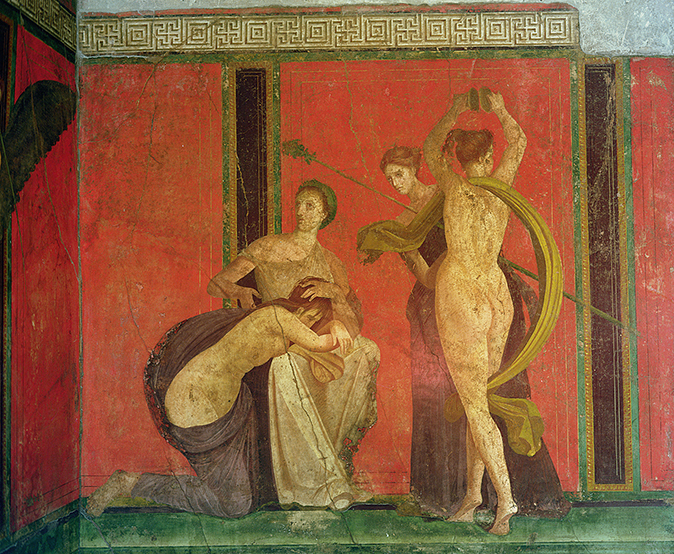

The Seventh Scene, Villa dei Misterei (the Villa of Mysteries), about 50BC, 7ft by 7ft, Pompeii, Italy
Michael Hulls says: This is painting as a 360° immersive, intoxicating theatrical experience, commemorating an arcane ritual of female initiation that we cannot fully understand and, as such, it sets my imagination racing to fill in the gaps. The pervasive, powerful eroticism of the inexplicit is matched by the sumptuous sensual colour scheme of the fleshy tones, yellowy golds and greens contrasted against the imperial purples and deep, rich Pompeiian reds. The transformational psychology of pain and pleasure is depicted in a dramatic unity of time, place and action. It’s painting not as an object to hang on a wall, but the wall itself.
Michael Hulls is an award-winning light designer for dance. ‘Maliphantworks,’ with choreographer Russell Maliphant, will be at the Coronet, Notting Hill Gate, London W11, February 28–March 11
John McEwen comments on The Seventh Scene: In Greek mythology, Dionysus— also called Bacchus—represented the intoxicating power of nature. As the first cultivator of the vine, he was god of wine, giver of joy, disperser of sorrow and oracular healer.
Pompeii’s love of wine and bacchanals is indicated by the sanctuary built to Bacchus/Dionysus in the 3rd century bc. In 186bc, the Roman Senate tried to extinguish the Bacchus cult, with its Greek origins and orgiastic associations, but the persecution seems not to have reached Pompeii.
The Villa of Mysteries, a lavishly appointed country house and probably working farm, was about a quarter of a mile north of Pompeii. The town and neighbouring Herculaneum were buried by the fallout after the erupt- ion of Mount Vesuvius, five miles away, in AD79. Pompeii was rediscovered in 1748, the villa in 1909. It covered about 40,000sq ft and had at least 60 rooms.
The owner’s business was probably wine. This is particularly suggested by the mysterious megalographia (pictorial cycle of life-sized figures), unique in Pompeii, which decorated the supposed dining room, hence the Villa of ‘Mysteries’. There are 10 scenes, thought sequentially to show the initiation of a woman/bride into the cult of Dionysus, the principal figure in scene six. Scene seven shows the rite’s completion.
Sign up for the Country Life Newsletter
Exquisite houses, the beauty of Nature, and how to get the most from your life, straight to your inbox.
The kneeling initiate has been whipped and is consoled by Bacchantes (maenads in ancient Greece), female followers of Bacchus/Dionysus. One holds a thyrsus, a ceremonial presentation stick tipped with a pinecone. The dancer ecstatically clashes cymbals. The fresco has been extensively restored, but remains ‘a stunning example of “saturation viewing”’ (Mary Beard).
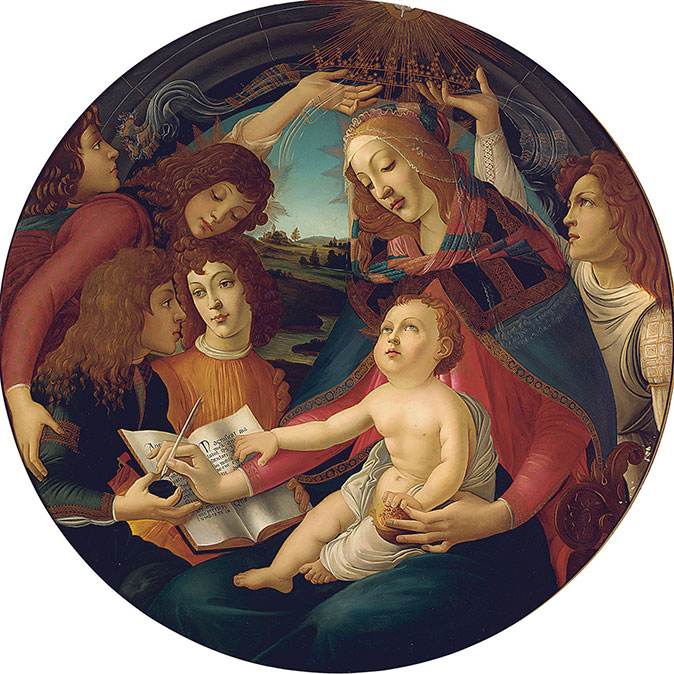
Credit: Bridgeman Images
My favourite painting: Mark Price
'The picture reminds me of her: I swear she is an angel.'
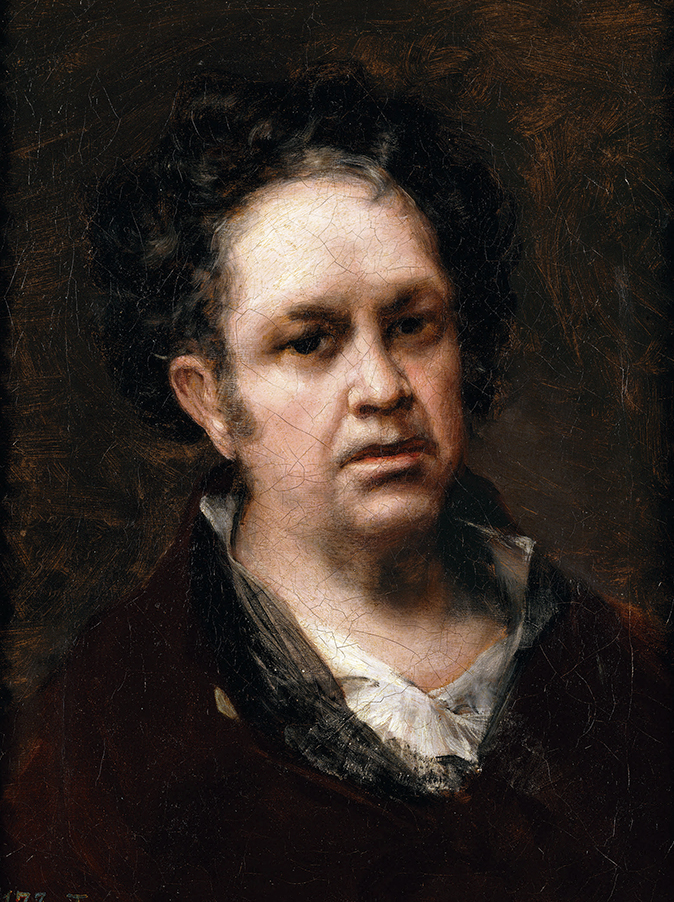
Credit: Museo Nacional Del Prado
My favourite painting: Moray MacLennan
'It’s always a special moment when you see something for real that you’ve studied'
Country Life is unlike any other magazine: the only glossy weekly on the newsstand and the only magazine that has been guest-edited by HRH The King not once, but twice. It is a celebration of modern rural life and all its diverse joys and pleasures — that was first published in Queen Victoria's Diamond Jubilee year. Our eclectic mixture of witty and informative content — from the most up-to-date property news and commentary and a coveted glimpse inside some of the UK's best houses and gardens, to gardening, the arts and interior design, written by experts in their field — still cannot be found in print or online, anywhere else.
-
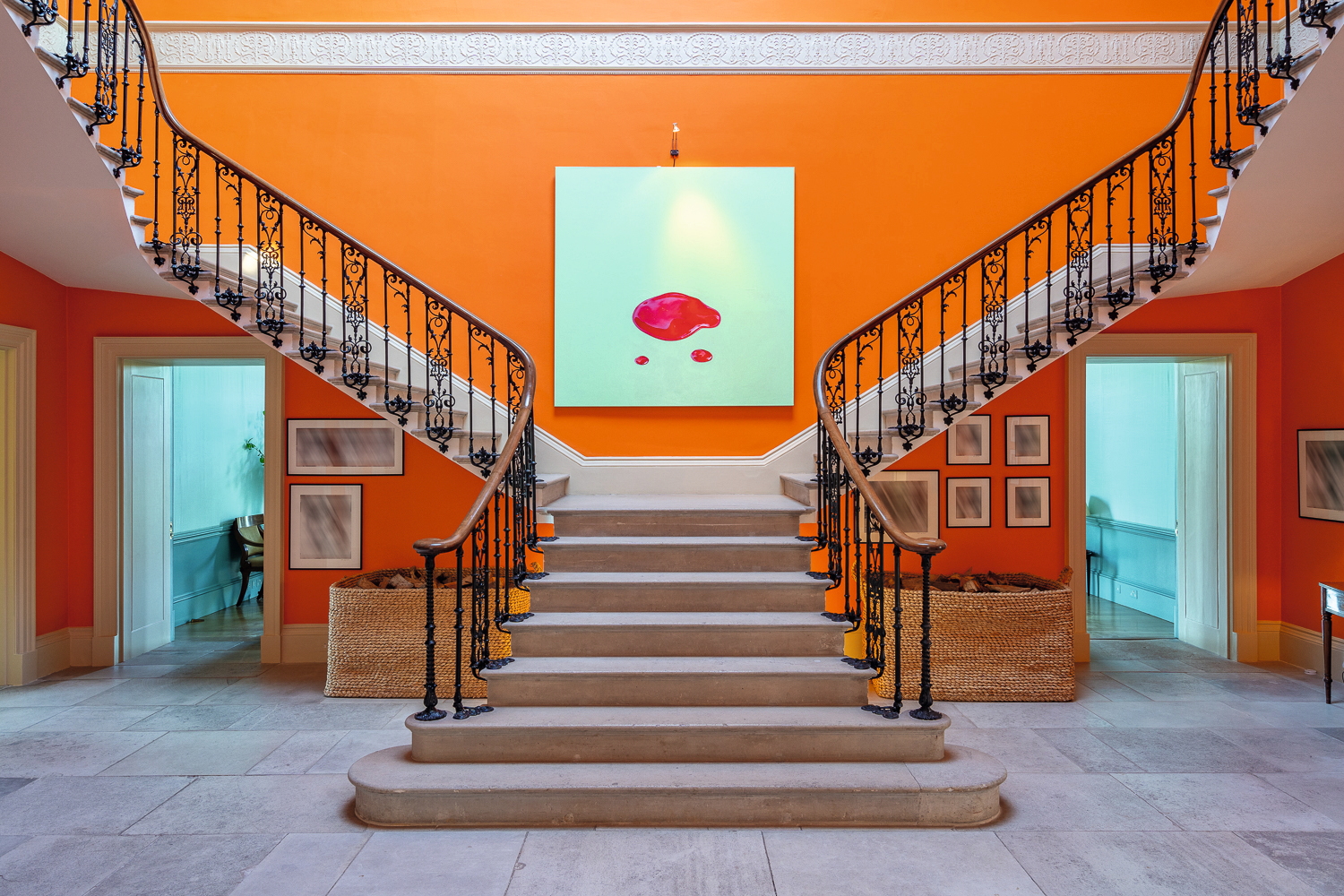 Laverstoke Park, the iconic home of Formula One World Champion Jody Scheckter, roars onto the market
Laverstoke Park, the iconic home of Formula One World Champion Jody Scheckter, roars onto the marketThe benchmark for the sale of the year has been set.
-
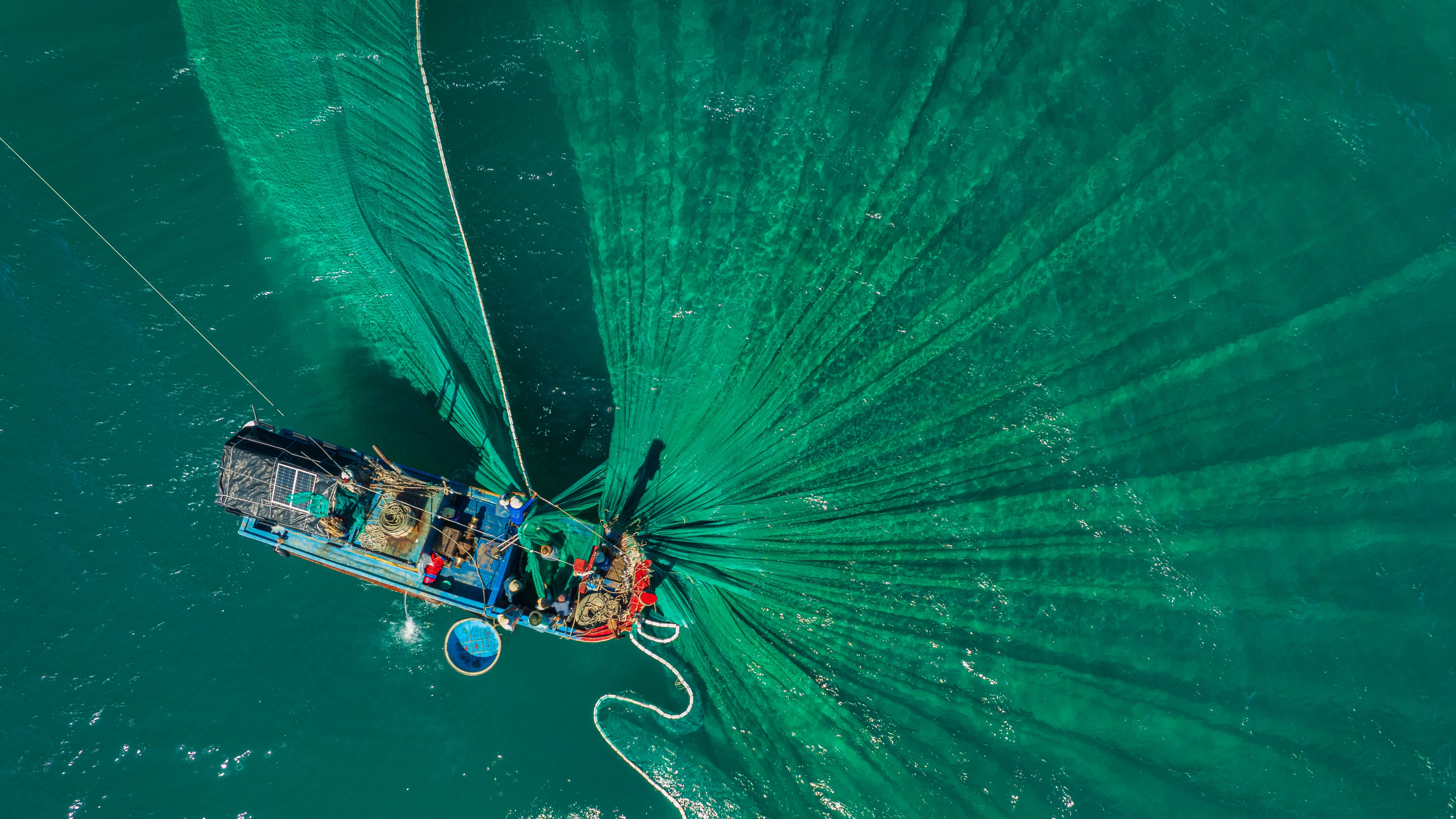 Sir David Attenborough’s record-breaking Nature documentary reveals the devastating effects of bottom trawling on our oceans
Sir David Attenborough’s record-breaking Nature documentary reveals the devastating effects of bottom trawling on our oceansBottom trawling is a disaster for fish stocks, but it also releases previously stored carbon back into the atmosphere.
-
 'As a child I wanted to snuggle up with the dogs and be part of it': Alexia Robinson chooses her favourite painting
'As a child I wanted to snuggle up with the dogs and be part of it': Alexia Robinson chooses her favourite paintingAlexia Robinson, founder of Love British Food, chooses an Edwin Landseer classic.
-
 The Pre-Raphaelite painter who swapped 'willowy, nubile women' for stained glass — and created some of the best examples in Britain
The Pre-Raphaelite painter who swapped 'willowy, nubile women' for stained glass — and created some of the best examples in BritainThe painter Edward Burne-Jones turned from paint to glass for much of his career. James Hughes, director of the Victorian Society, chooses a glass masterpiece by Burne-Jones as his favourite 'painting'.
-
 'I can’t look away. I’m captivated': The painter who takes years over each portrait, with the only guarantee being that it won't look like the subject
'I can’t look away. I’m captivated': The painter who takes years over each portrait, with the only guarantee being that it won't look like the subjectFor Country Life's My Favourite Painting slot, the writer Emily Howes chooses a work by a daring and challenging artist: Frank Auerbach.
-
 My Favourite Painting: Rob Houchen
My Favourite Painting: Rob HouchenThe actor Rob Houchen chooses a bold and challenging Egon Schiele work.
-
 My Favourite Painting: Jeremy Clarkson
My Favourite Painting: Jeremy Clarkson'That's why this is my favourite painting. Because it invites you to imagine'
-
 The chair of the National Gallery names his favourite from among the 2,300 masterpieces — and it will come as a bit of a shock
The chair of the National Gallery names his favourite from among the 2,300 masterpieces — and it will come as a bit of a shockAs the National Gallery turns 200, the chair of its board of trustees, John Booth, chooses his favourite painting.
-
 'A wonderful reminder of what the countryside could and should be': The 200-year-old watercolour of a world fast disappearing
'A wonderful reminder of what the countryside could and should be': The 200-year-old watercolour of a world fast disappearingChristopher Price of the Rare Breed Survival Trust on the bucolic beauty of The Magic Apple Tree by Samuel Palmer, which he nominates as his favourite painting.
-
 My favourite painting: Andrew Graham-Dixon
My favourite painting: Andrew Graham-Dixon'Lesson Number One: it’s the pictures that baffle and tantalise you that stay in the mind forever .'